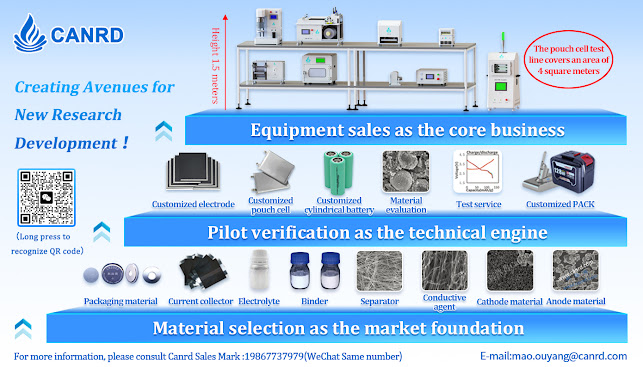Adjustable film coater is a film coater with adjustable coating thickness. By adjusting the two differentiators above the film coater, the scraper below can be adjusted up and down to control the coating gap and ultimately achieve the desired coating thickness.
Due to the use of a high-precision micrometer, the coating range is adjustable from 0 to 3500μm, and the gap of the scraper is adjusted in units of 10 microns during scraping.
This film applicator is ideal for research projects where even the smallest differences in film thickness need to be accurately evaluated.








